Nationality Canadian Residence Kingston, Canada | Role Astrophysicist Name Arthur McDonald | |
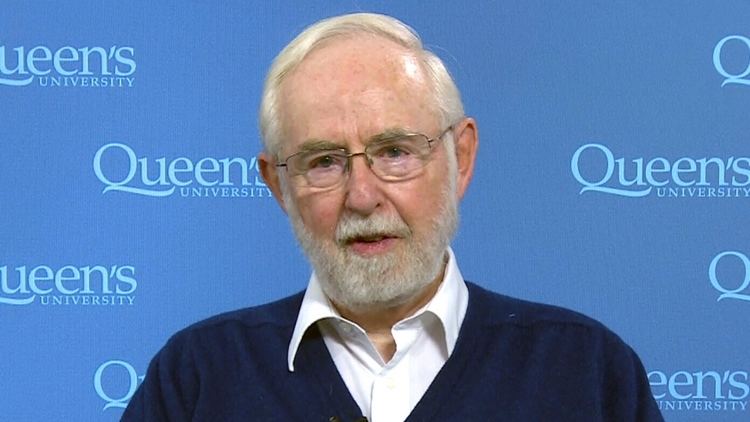 | ||
Institutions Princeton UniversityQueen's University Thesis Excitation energies and decay properties of T = 3/2 states in O, F and Na. (1970) Notable awards OC (2006)Benjamin Franklin Medal (2007)FRS (2009)Henry Marshall Tory Medal (2011)OOnt (2012)Nobel Prize in Physics (2015)Fundamental Physics Prize (2016) | ||
Doctoral advisor William Alfred Fowler | ||
Canadian arthur b mcdonald wins 2015 nobel prize in physics
Arthur Bruce McDonald, CC OOnt ONS FRS FRSC (born August 29, 1943) is a Canadian astrophysicist. McDonald is the director of the Sudbury Neutrino Observatory Institute and holds the Gordon and Patricia Gray Chair in Particle Astrophysics at Queen's University in Kingston, Ontario. He was awarded the 2015 Nobel Prize in Physics jointly with Japanese physicist Takaaki Kajita.
Contents
- Canadian arthur b mcdonald wins 2015 nobel prize in physics
- Professor arthur b mcdonald co recipient 2015 nobel prize in physics
- Early life
- Academic career
- Research
- Honours and awards
- References
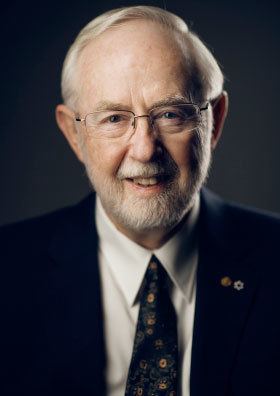
Professor arthur b mcdonald co recipient 2015 nobel prize in physics
Early life
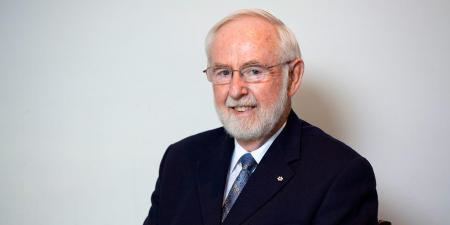
McDonald was born on August 29, 1943, in Sydney, Nova Scotia. He graduated with a B.Sc. in physics in 1964 and M.Sc. in physics in 1965 from Dalhousie University in Nova Scotia. He then obtained his Ph.D. in physics in 1969 from the California Institute of Technology.
Academic career
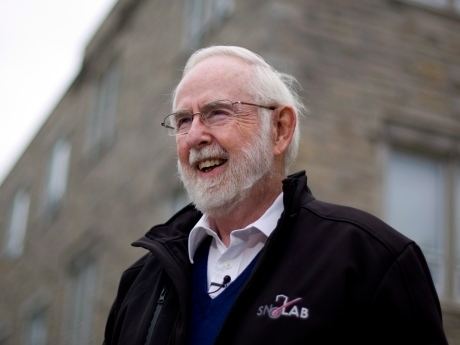
McDonald worked as a research officer at the Chalk River Nuclear Laboratories northwest of Ottawa from 1970 to 1982. He became professor of physics at Princeton University from 1982 to 1989, leaving Princeton to join Queen's University. He is currently the University Research Chair at Queen's University and a board member at Perimeter Institute for Theoretical Physics.
Research
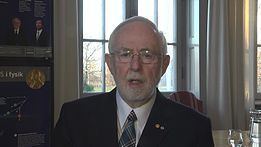
Physicists have been investigating whether or not neutrinos have mass. Since the late 1960s, experiments have hinted that neutrinos may have mass. Theoretical models of the Sun predict that neutrinos should be made in large numbers. Neutrino detectors on the Earth have repeatedly seen fewer than the expected number of neutrinos. Because neutrinos come in three varieties (electron, muon, and tau neutrinos), and because solar neutrino detectors have been primarily sensitive only to electron neutrinos, the preferred explanation over the years is that those "missing" neutrinos had changed, or oscillated, into a variety for which the detectors had little or no sensitivity. If a neutrino oscillates, according to the laws of quantum mechanics, then it must have a mass.
In 1984, McDonald's collaborator Herb Chen at the University of California at Irvine suggested the advantages of using heavy water as a detector for solar neutrinos. Unlike previous detectors, using heavy water would make the detector sensitive to two reactions, one reaction sensitive to all neutrino flavours, the other sensitive to only the electron neutrino. Thus, such a detector could measure neutrino oscillations directly. Chen, McDonald, and collaborators formed the Sudbury Neutrino Observatory (SNO) to exploit this idea in 1984. SNO was to be a detector facility using 1000 tonnes of heavy water located 6,800 feet (2,100 m) underground in a mine outside Sudbury, Ontario. Chen died of leukemia in November 1987, however.
In August 2001, the Sudbury Neutrino Observatory, now led by McDonald, reported observations that directly suggested electron neutrinos from the Sun were oscillating into muon and tau neutrinos. McDonald is a co-recipient of the 2007 Benjamin Franklin Medal in Physics, the 2015 Nobel Prize in Physics, and the 2015 Fundamental Physics Prize for the discovery of neutrino oscillations and demonstrating that neutrinos have mass.
